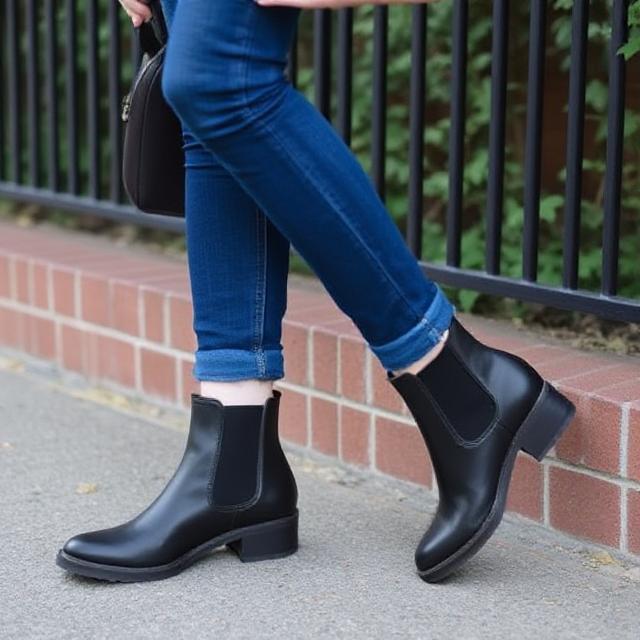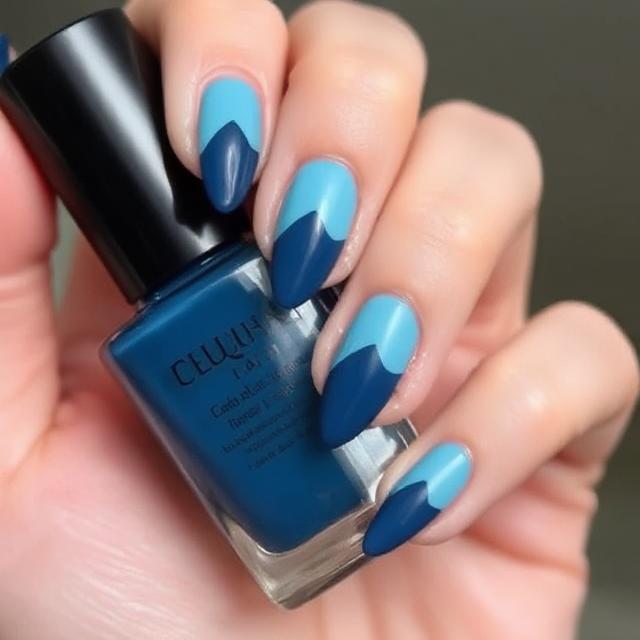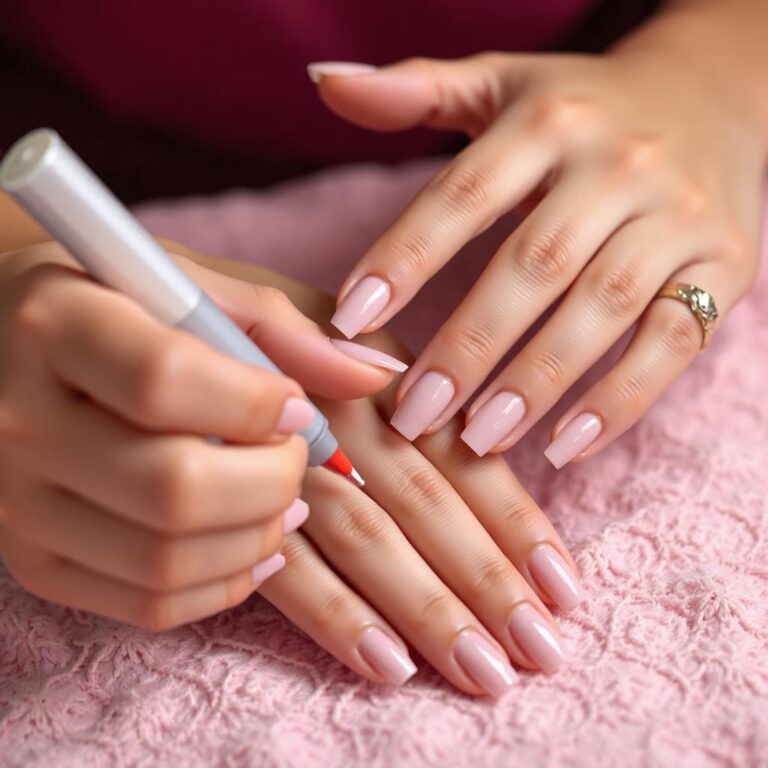The Seventies punk movement wasn’t just a track—it was a center finger to the established order, a DIY revolution, and a style rebel that also influences style today. (70s punk style) became raw, competitive, and unapologetically anti-glamour, turning ripped shirts, protection pins, and leather-based jackets into symbols of defiance. But how did this look evolve from underground golf equipment to mainstream streets? Let’s ruin it.
The Birth of Punk: Aesthetic Anarchy
Punk fashion didn’t come from high-end designers—it changed into born inside the returned alleys of London and New York, wherein youngsters without money however plenty of attitude pieced together clothes from thrift stores, army surplus, and anything they could rip aside.
Key factors of early punk fashion blanketed:
- Ripped & Torn Clothing – Not for the sake of tendencies, but because it looked destroyed on reason.
- Safety Pins as Accessories – Originally functional (conserving garments together), they became a punk badge of honor.
- Leather & Denim – Jackets custom designed with band patches, political slogans, or offensive graffiti.
- Band Shirts (But Not the Clean Kind) – Worn ragged, stained, or split—no pristine merch here.
This wasn’t style for fashion’s sake—it became an immediate rejection of the polished disco and hippie styles dominating the ’70s.
The Sex Pistols & Punk’s Uniform
No band defined (70s punk fashion) greater than the Sex Pistols, thanks in massive part to Malcolm McLaren and Vivienne Westwood’s notorious boutique, SEX. The Save (at the start known as Let It Rock and later Too Fast to Live, Too Young to Die) became punk’s unofficial HQ, promoting bondage trousers, fetish wear, and shirts with deliberately stunning pics.
Key appears from this period:
- Bondage Pants – Inspired through BDSM equipment, with straps and zippers for optimum rebellion.
- Anarchy Shirts – The Pistols’ “Anarchy within the UK” aesthetic unfolds like wildfire.
- Mohawks & Spiked Hair – Thanks to punk icons like Siouxsie Sioux and The Damned, extreme hairstyles have become an ought to.
Punk fashion wasn’t approximately searching “properly”—it changed into approximately looking risky.
New York Punk: A Grittier Take
While London punk changed into theatrical, New York’s punk scene (led by bands like The Ramones and Television) became more stripped-down and road-level.
- The Ramones’ Uniform – Torn jeans, leather jackets, and Converse sneakers.
- CBGB’s Influence – The mythical club changed into a melting pot of punk, in which ripped fishnets and DIY band tees ruled.
- Patti Smith’s Androgynous Edge – Blurring gender lines with guys’s shirts, suspenders, and a poet’s defiance.
New York punk turned into much less about shock value and more approximately survival—cheap, practical, and results easily cool.
Punk Goes Global: From Subculture to Street Style
By the overdue ’70s, punk had spread internationally, morphing into special patterns:
- UK’s Anarchic Aesthetic – More political, extra aggressive.
- US Hardcore Punk – Simpler, tougher, with hoodies and paint boots.
- Japanese Punk – A mix of traditional rebellion and avant-garde experimentation.
Even excessive fashion took word—Vivienne Westwood started out raising punk into couture, proving that riot can be underground and influential.
Why 70s Punk Fashion Still Matters
Today, you may see (70s punk fashion) everywhere:
- Designer Runways – From ripped Balmain denim to protection-pin attire (looking at you, Alexander McQueen).
- Streetwear Brands – DIY patches and distressed denim owe everything to punk.
- Celebrities & Rebels – Billie Eilish, Machine Gun Kelly, and even Rihanna have all channeled punk’s spirit.
Punk turned into never just about garments—it became a mindset. And whilst the Mohawks might be sleeker and the leather jackets pricier now, the mindset remains the same: Question everything. Destroy the regulations. Wear what you need.
Final Thought: DIY or Die
The proper essence of (70s punk style) wasn’t in the garments themselves—it became within the way they had been worn. It became about taking something discarded and making it effective. So next time you chop up a vintage blouse or throw on a battered leather jacket, take into account that you’re no longer simply wearing an outfit. You’re retaining the punk revolution alive.






2 thoughts on “From the Sex Pistols to the Streets: The Evolution of 70s Punk Fashion”